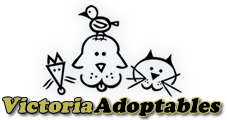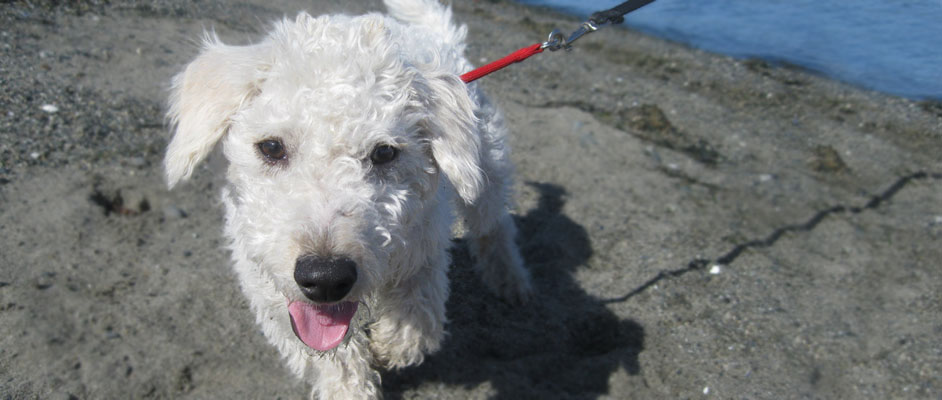
What makes a good leader?
 In her last blog post, Sherry highlighted one leadership style that some people take with their dogs - and that some people take with other people! She explored why that leadership style may not produce the results we’re looking for as a dog owner.
In her last blog post, Sherry highlighted one leadership style that some people take with their dogs - and that some people take with other people! She explored why that leadership style may not produce the results we’re looking for as a dog owner.
But how can we provide good leadership to our canine companions?
We’ve all been in a position of following a leader at some point in our lives – an employer, a parent, a music instructor, a sports coach, a teacher in school, etc.
When I think of a good leader, I think of someone who:
- Has reasonable expectations
- Provides clarity and consistency around those rules and expectations
- Tells me what TO do, not just what NOT to do
- Exercises kindness and compassion
- Supports me and advocates for me
- Motivates and challenges me to do my best
- Takes ownership of their half of the relationship
These are all things that I value in a human leader. But it’s not a stretch at all to apply each of these points to our relationships with our dogs.

If you would rather your dog doesn’t jump up on you, you need to ignore the jumping and instead give him attention when he finally sits and behave politely. If you and your family members are consistent about this, it won’t take long to form the good habit to form. Then you as a leader will have a dog that knows exactly what to do, and you won’t have to raise your voice or say “no”!
Kindness and compassion isn’t about spoiling a pet, but rather about trying to understand how she may feel or react to a situation. For example rather than punishing your dog for growling, instead try to determine what she’s afraid of and help her either overcome or avoid that fearful situation. This is support and advocacy.
Finally, (and this is sometimes my biggest struggle!), it’s important to own up to our half of the relationship when things go wrong. This also means that we get half the credit when things go right!
What are some of the things you value in a good leader? How could you put those to play in your relationship with your canine companion?
Roberta, Trainer, SmartDog Training



